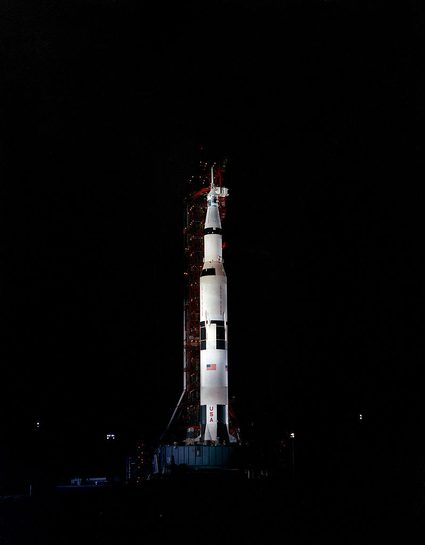Cone Volume Calculator
Calculate the volume of any cone, from traffic cones to ice creams, from funnels to the roofs of castles, with our calculator! Follow us on a quick journey around these round solids.
Here you will learn:
- What is a cone;
- But most importantly, what is a frustum;
- How to find the volume of a cone;
- How to calculate the volume of a frustum;
- How to calculate the volume of a cone with its slant height;
- Some examples; and
- A couple of words about rockets.
Learning about cones will be as smooth as them, but what about more "edgy" shapes? Head to our pyramid volume calculator to know the answer!
What is a cone?
A cone is a solid of revolution, a three-dimensional shape obtained by a complete rotation of a polygon around a main axis. The other principal solids of revolutions are:
- The sphere;
- The cylinder; and
- The truncated cone.
A cone is built by rotating a right triangle around one of its catheti by . Alternatively, you can rotate an isosceles triangle by . The result is a circular base connected to the vertex (or apex) by the slant height of the cone.
🙋 Cones are the only elementary solids with a single vertex!
If you "slice" a cone with a horizontal plane. You obtain two shapes: a smaller cone, and a solid with two parallel circular bases: one is smaller than the other (the trivial case in which the bases are identical is a cylinder). We call a truncated cone with parallel bases a frustum.
As the cone is the result of the rotation of a triangle, the frustum is the result of the rotation of a trapezoid (either right or isosceles).
🔎 You can consider cones as "special" pyramids obtained by increasing to infinity the number of sides of the base.
How do I calculate the volume of a cone: what is the formula for the volume of a cone?
The formula for the volume of a cone has some similarities with the calculations of the volumes of other solids:
Where:
- is the radius of the base of the cone;
- is the height of the cone; and
- is here because we rotated something!
How to calculate the volume of a truncated cone?
If you want to know how to calculate the volume of a frustum, you are in the right place! There are two ways to calculate the volume of a truncated cone:
- You can subtract the volume of the smaller cone (with base radius ) from the volume of the bigger cone (with base radius ), using the formula:
- You can use the direct formula:
The result is the same!
Why are cones important?
Cones are just about everywhere. From ice creams to traffic, from geometry to the expansion of a jet of particles, since they have a rotational symmetry that doesn't privilege any particular direction, they are commonly found both in Nature and in man-made objects.
Frustums are, on the other hand, a bit harder to spot. Examples, however, are not that hard to find. Pots for flowers usually have that shape (you can use our calculator to know exactly how much soil you need!). But we can find them also in the wheels of trains (though the difference is really small), and... in rockets.
The segments connecting the various stages of the Saturn V rocket, the first one that sent humans past the Earth's orbit to the Moon, were designed with the shape of a frustum in mind!

How to find the volume of a cone: some examples
How much ice cream you can fit in a cone? The dimensions are:
- Height: ;
- Radius:
Input these values in the top part of our cone volume calculator:
Almost , just the right amount of ice cream!
Let's calculate the volume of a truncated cone now. We found the dimensions of the segment connecting the second and third stages of the Saturn V rocket:
- The smaller radius is ;
- The bigger radius is ;
- The height is .
Input these quantities in the lower part of our calculator, or apply the formula:
How do I find the volume of a cone with the slant height?
If you don't know the height, but the slant height of the cone, worry not: calculating the volume is still super easy, barely an inconvenience!
Apply the Pythagorean theorem to find the value of the height:
Where is the slant height.

